Among the indicators of a good espresso extraction, crema is probably one of the easiest to observe. Here are our tips to make it nothing less than perfect.
First, what is crema?
Crema is that caramel-colored creamy layer on top of your espresso. It adds texture, flavor, and—most importantly—it signals a proper extraction of the coffee beans. In short, crema is the coffee’s oil that has been extracted by the machine. If the machine hasn’t done its job well (lack of pressure, low temperature, etc.), if the grind wasn’t right, or if there wasn’t enough coffee in the portafilter, the crema will be affected.
Additionally, the characteristics of the coffee beans used are reflected in the crema. Generally, the higher the coffee quality, the better the crema—and vice versa. Furthermore, coffee blends that are oilier due to roasting or bean origin will produce a thicker crema.
Crema is also essential for creating latte art, those little designs your barista makes at the café around the corner. No crema, no latte art (or at least, it becomes much more difficult).
 How to achieve the perfect crema?
How to achieve the perfect crema?
In reality, if you’ve extracted your espresso properly, you should get a nice crema. However, don’t expect the same quality of crema at home as you’d find at your favorite coffee shop—commercial machines have much more power than home machines. Since machine pressure is a key factor in achieving a beautiful crema, it’s normal for your home results to be a bit less impressive than those from a coffee shop.
To extract the perfect crema in your kitchen, you simply need to ensure you’re making a perfect espresso. The basic rules: have the right grind size, choose fresh, high-quality coffee, use the correct amount of coffee, and tamp it properly in the portafilter. You’ll find all our expert tips here.
 What does the perfect crema look like?
What does the perfect crema look like?
You’ve optimized all the variables for the best possible crema—now, you need to know what it should look like! This way, you can determine whether you need to adjust something in your machine or preparation.
Texture
The texture of the crema should be foamy yet dense and fairly thick. Right after extraction, crema should make up about ¼ to ⅓ of the liquid volume in the cup. It will then reduce to about 1/10 of the total volume. If you tilt your cup to a 45° angle and then return it to level, the crema should stick to the espresso and regain its shape, almost like an elastic band.
To check if your crema has the ideal texture, try the sugar test: sprinkle a little sugar on the crema’s surface. It should stay on top for a few seconds before slowly sinking through. If the sugar instantly falls through, the crema is too thin, which might indicate that your coffee grind is too fine.
Appearance
Upon extraction, your espresso shot will look somewhat like a Guinness beer: you’ll see the "fall" of the crema, meaning its separation from the espresso, creating small descending waves.
In terms of color, the spectrum is wide: it can range from pale caramel, almost yellow (if the coffee is very lightly roasted), to very dark brown (if, as you might guess, the coffee is dark roasted). No matter its shade, crema will always display small tiger-like patterns, a sign of a good extraction.
Taste
Naturally, crema’s flavor varies greatly from blend to blend. However, what’s certain is that it shouldn’t be overwhelming or unpleasantly bitter—it should have a subtle sweetness with a hint of bitterness.
A word on the bottomless portafilter
The first images of bottomless portafilters appeared relatively recently, around 2004. Chris Davidson, co-founder of the Barista Guild of America and a coffee specialist, developed a bottomless portafilter with his colleagues to visually analyze the extraction process.
 It's also called a "naked portafilter," and for good reason—it allows baristas to observe espresso extraction more precisely than with a spouted portafilter. It helps detect channeling, check if the grind is correct, or see if the coffee was tamped incorrectly.
It's also called a "naked portafilter," and for good reason—it allows baristas to observe espresso extraction more precisely than with a spouted portafilter. It helps detect channeling, check if the grind is correct, or see if the coffee was tamped incorrectly.
Beyond providing a better view of the extraction, the bottomless portafilter also helps preserve the full crema instead of losing some in the transfer through the spouts. This is useful for latte art, but it also enhances the coffee’s taste. It functions the same way as its spouted counterpart.

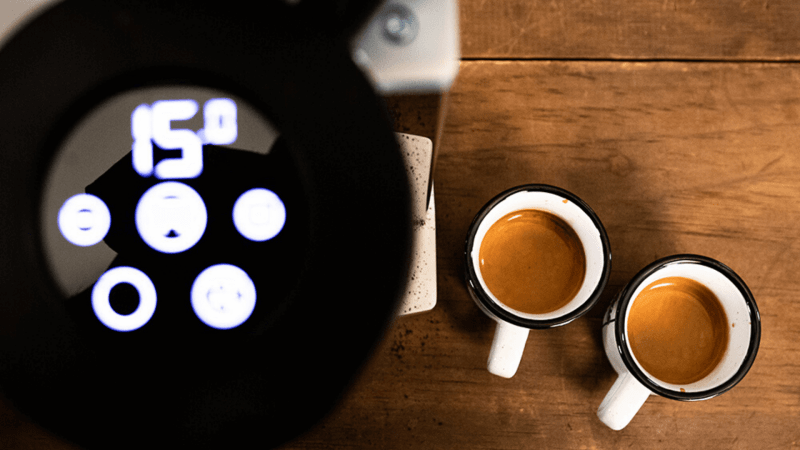
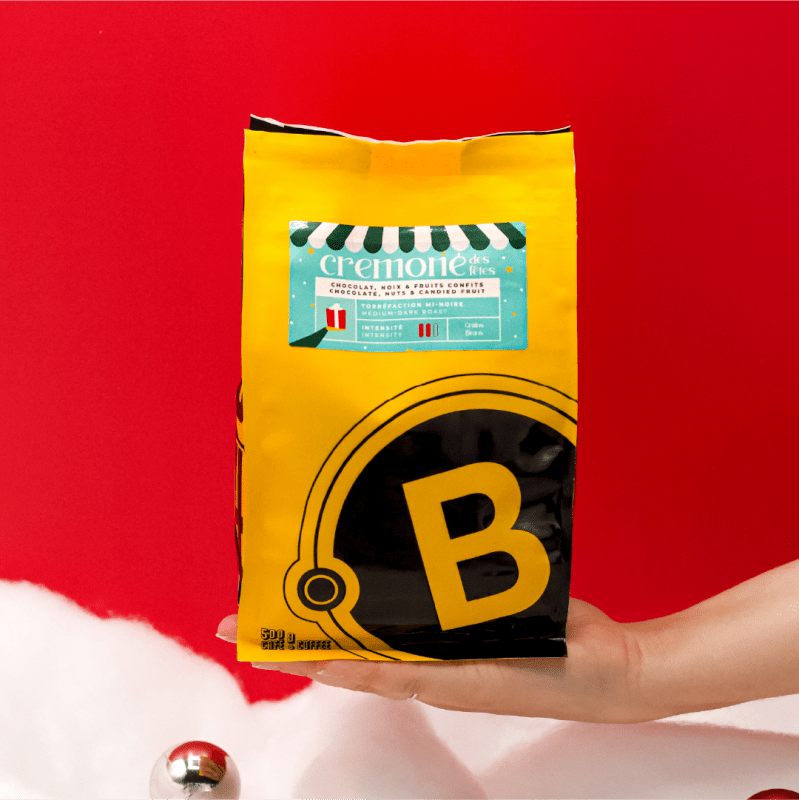
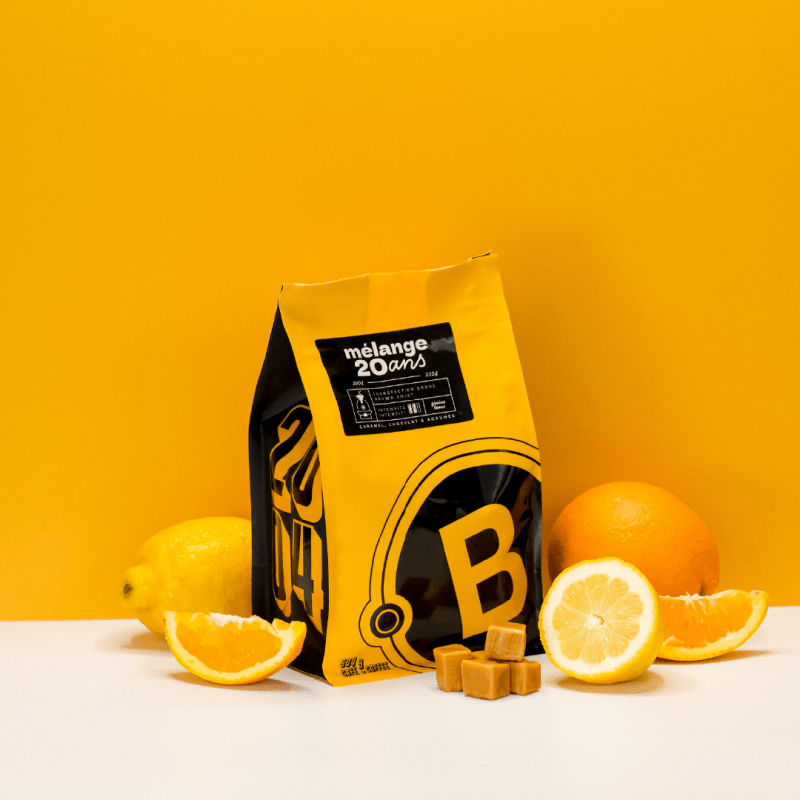


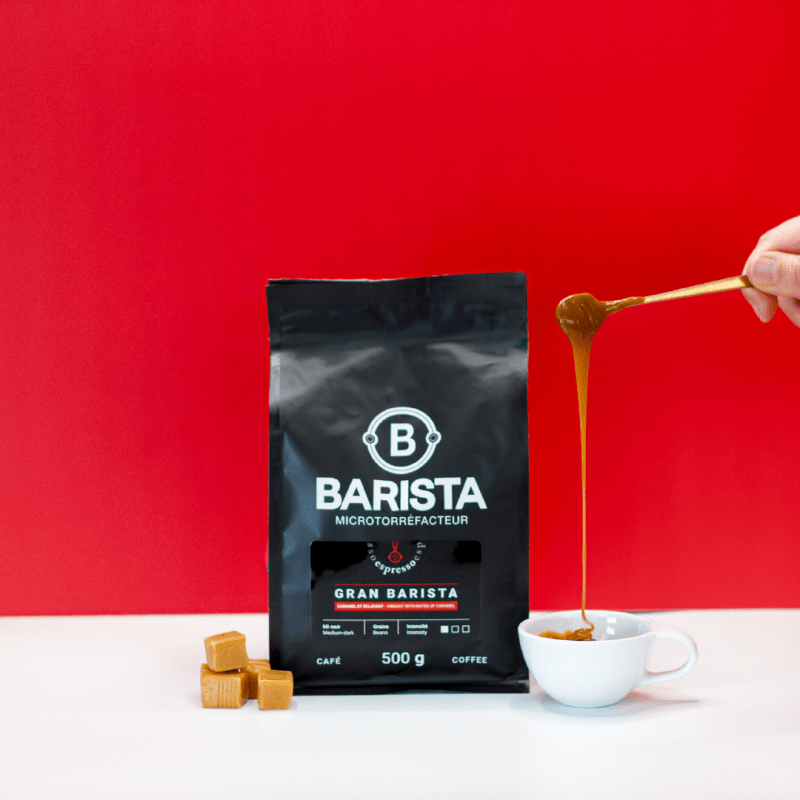
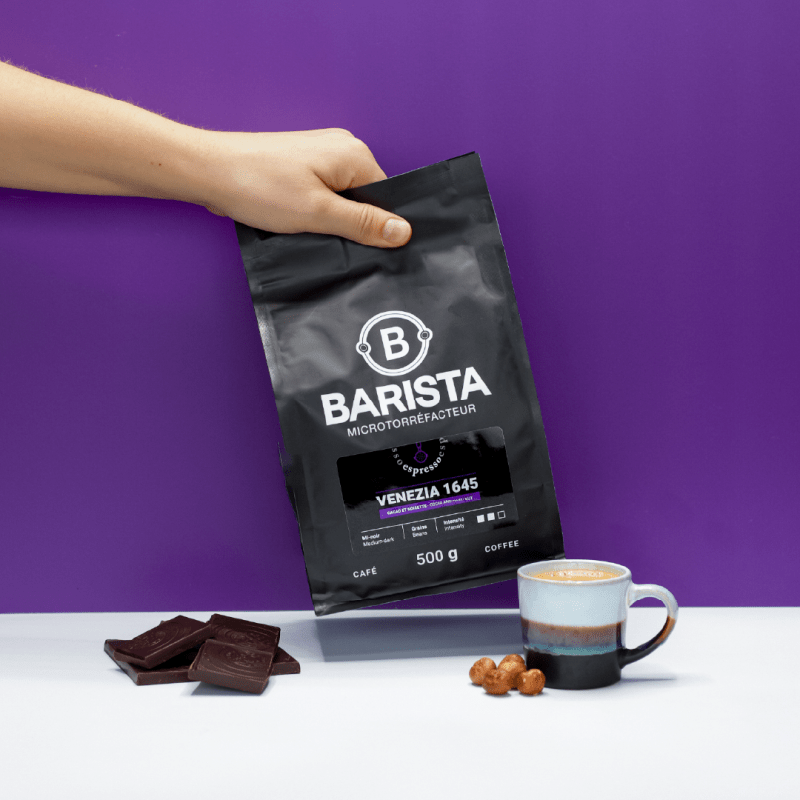
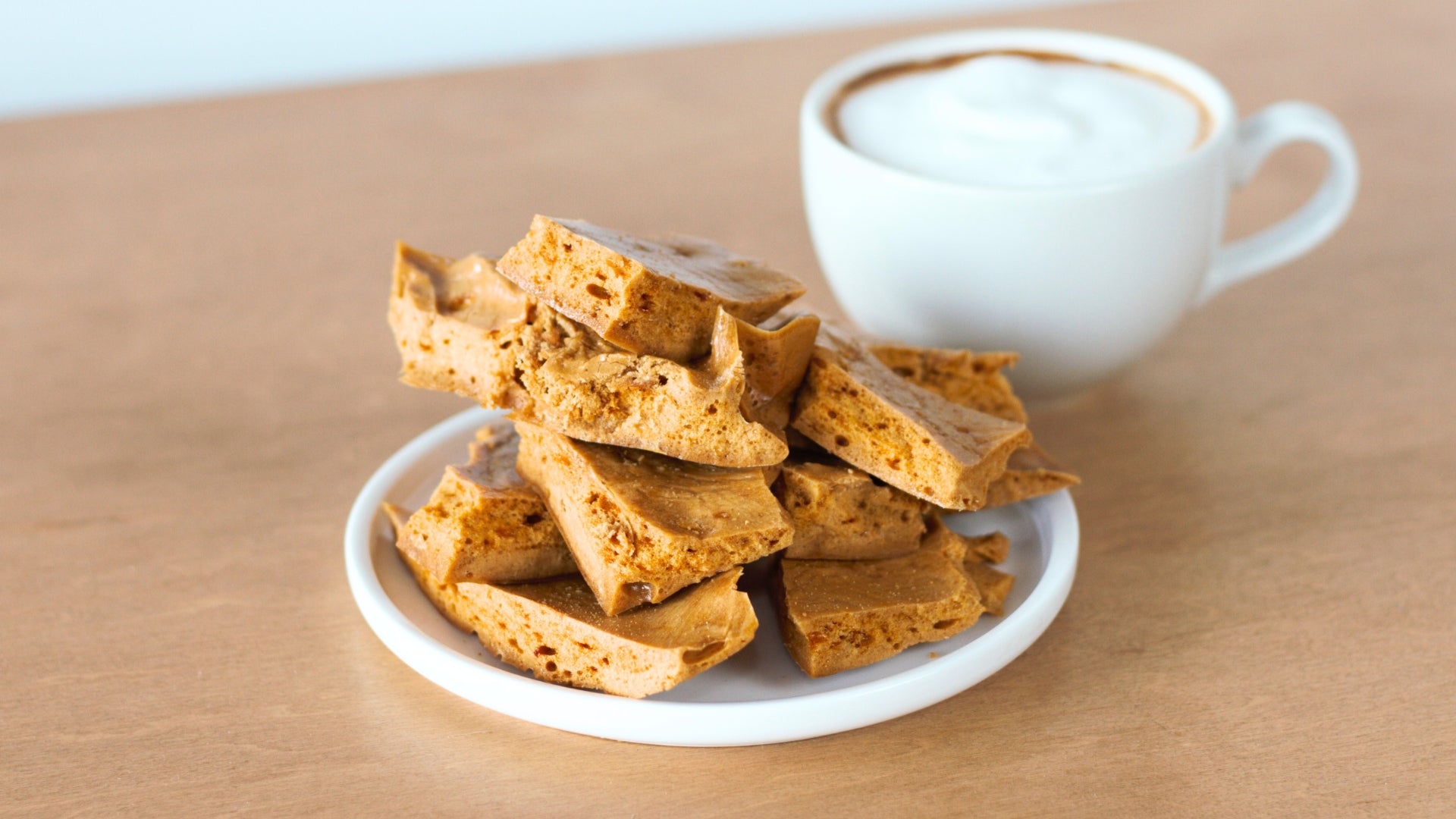
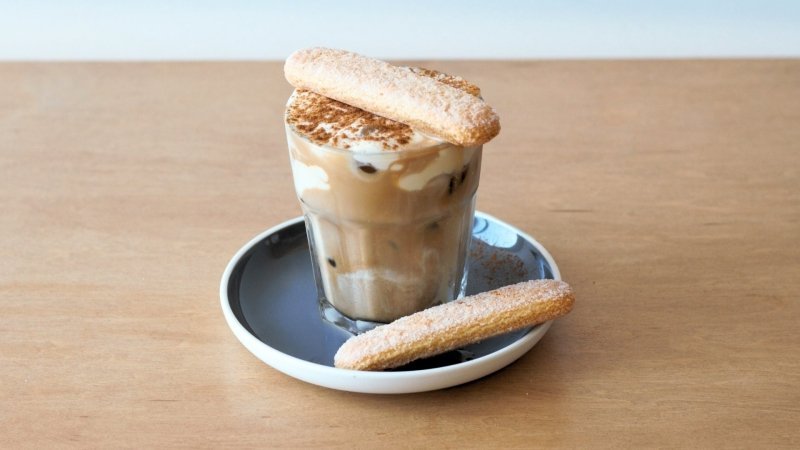
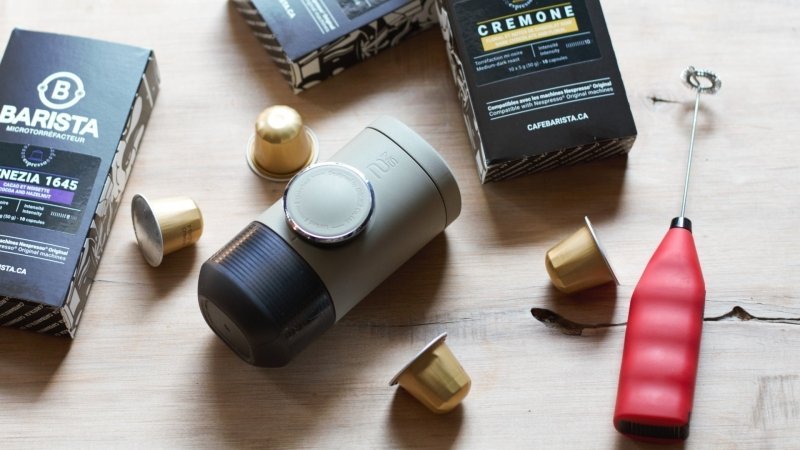
Share:
Cafellini: Two Locations, One Exceptional Café
Coffee Ceremonies in Ethiopia